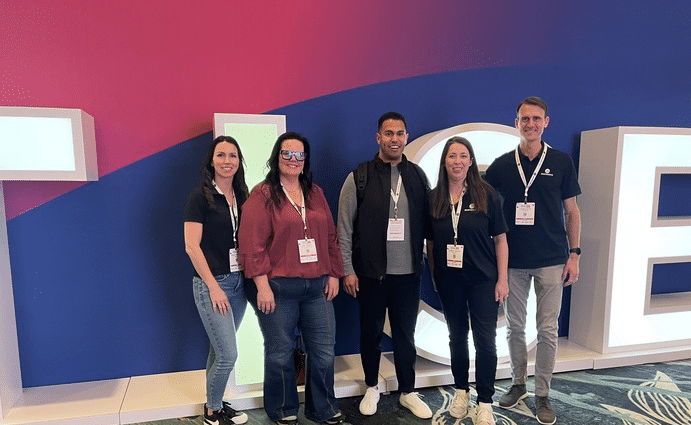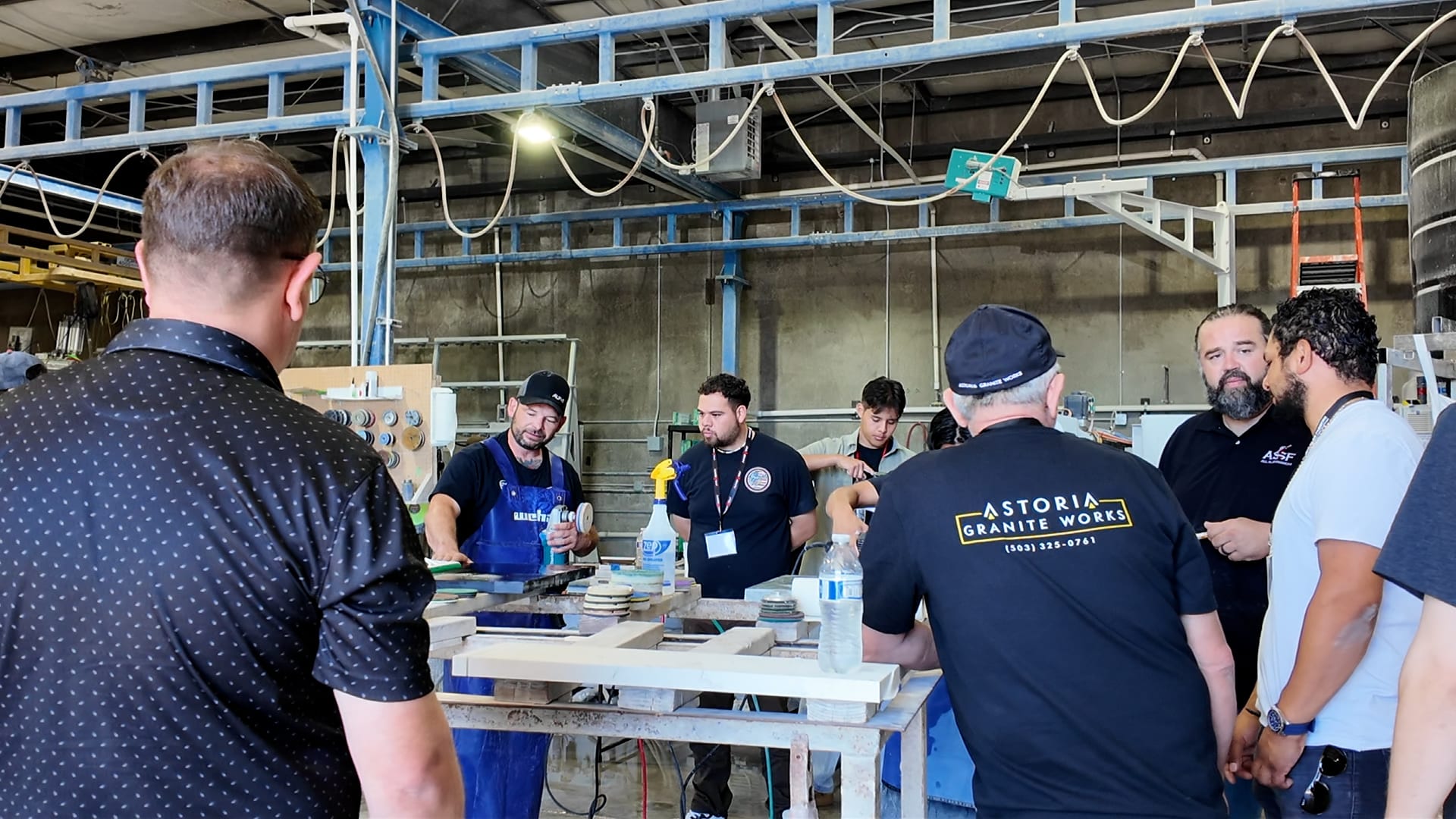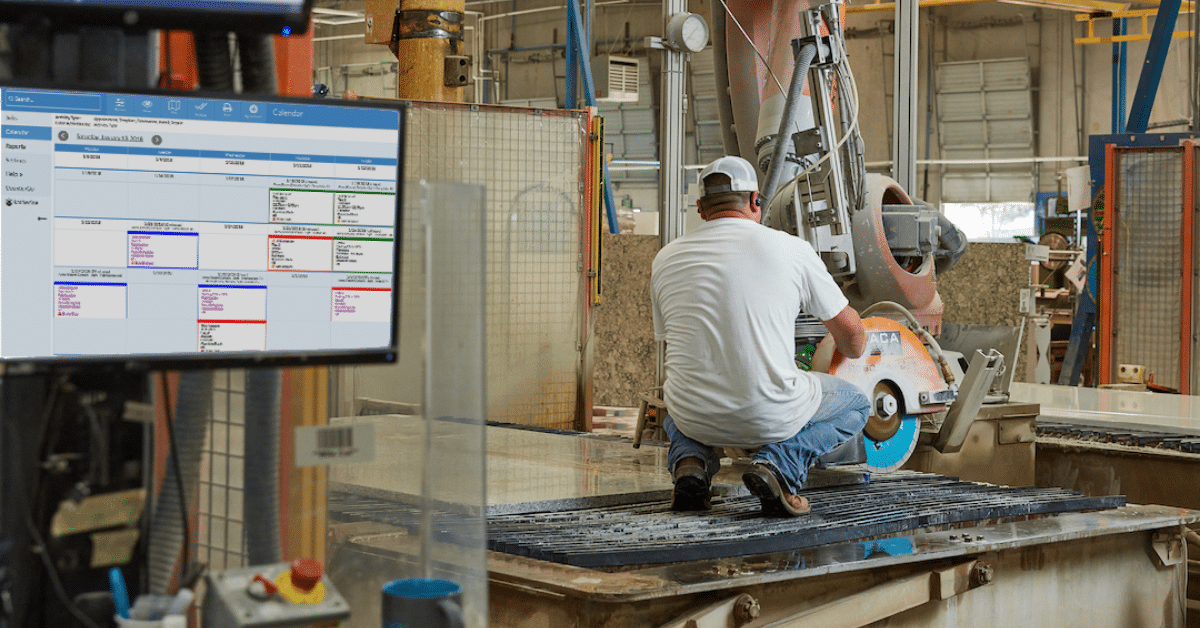You might say the sweet spot of the employer/employee relationship occurs when both entities are working hard to achieve the same goal. With installers, for example, the ideal is to strive for greater efficiency and fewer mistakes, which results in everyone making more money.
To that end, Trindco, based in Suffolk, VA, uses metrics to evaluate its installation teams in two areas, efficiency and accuracy. It uses that data to inform the installers of their status through monthly meetings with management, and then ties compensation to their performance.
Trindco fabricates quartz surfacing, natural stone and solid surface for mostly residential customers in Northern North Carolina and Southern Virginia. The company processes 400-500 square feet of material per day and operates two showrooms, one in Suffolk and another in Virginia Beach. Hunter Adams, owner of Trindco, says he uses information pulled from JobTracker to create access reporting on punch and scrap rates per individual installation team.
First: Evaluate
“Essentially we are focusing on the areas that can provide us with the greatest return,” he explains.
“I break it down by employee. The information I pull out, which I call my dashboard, shows the number of jobs they have installed in a month, the number of those jobs that had a callback and the total number of punches on all jobs, which we call their punch rate. So, let’s say if they had 10 punches for five jobs with callbacks, it tells me they are not capturing the right information to complete the job on the first return trip, if we have one.”
If, however, the install team has five callbacks and resolves the issue on the first return trip each time, at least Adams knows they figured out how to finally satisfy the customer in a relatively efficient manner. To take it a step further, the installation manager sits down with each lead installer every month, as well as quarterly, and goes over their statistics.
Second: Pay For Performance
“Their punch rate and their efficiency (square foot per hour) is how we derive their compensation,” Adams explains.
“Basically if you have a really low punch rate, you can be a little bit slower and still make good money. Or, if you are really fast and have a moderate punch rate you could do well. But if you are really slow and have a really bad punch rate you are not going to be happy – and neither am I.”
And that has the effect of helping align management’s goals with those of the employee. It also ties compensation directly to performance.
“If you have somebody come in that is incredibly talented and only has two years of experience,” Adams says, “they don’t need to feel like they have to be there for 15 years to be at the same or better level as someone who has been around for that period of time. It is based on their efficiency and their effectiveness. The person who gets compensated the best is the person who earned it the most.”
Want to know more? At Moraware, we make software for countertop fabricators. CounterGo is countertop drawing, layout, and estimating software. JobTracker is scheduling software that helps you eliminate the time you waste looking for job folders. RemnantSwap is a free place to buy and sell granite remnants with fabricators near you.



